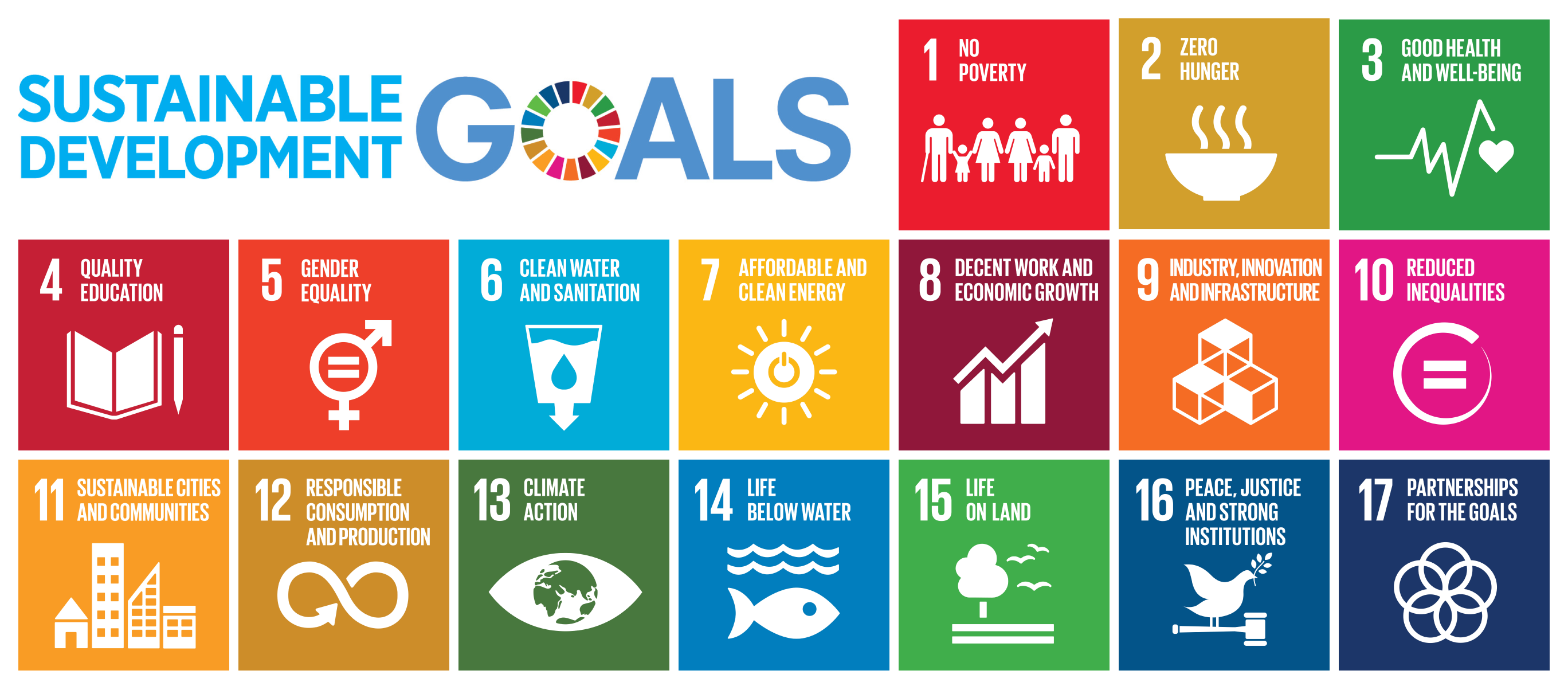European policy on noise and air quality
In 2021, the European Union (EU) adopted the Zero Pollution Action Plan
that set out a vision to reduce air, water and soil pollution to levels no longer considered harmful to health and natural ecosystems by 2050. Key intermediate 2030 targets, compared to 2017 levels, have also been identified to: (1) reduce pollution at source, including the reduction of the share of people chronically disturbed by transport noise by 30% and(2) improve air quality to reduce the number of premature deaths caused by air pollution by 55%.The Environmental Noise Directive
and the Balanced Approach Regulation are the EU legislation under which environmental noise is monitored, communicated to the public and actions subsequently taken by Member States to reduce noise exposure in cities and near major transport infrastructure. EU air pollution legislation is implemented through both air quality standards and source-based mitigation controls (e.g. engine emissions and fuel quality standards). Binding national limits for emissions of the most important pollutants have also been established in the EU, but not all aviation activities are included .European policy on climate change
In 2019, the European Commission presented the European Green Deal
, which aims at improving the well-being of people and making Europe climate-neutral by 2050. The 2021 European Climate Law incorporated this goal into legislation, such that EU institutions and Member States are bound to take the necessary measures at EU and national level to meet the target, taking into account the importance of promoting fairness and solidarity among Member States. The Climate Law includes:- a legal objective for the Union to reach climate neutrality by 2050; and
- an ambitious 2030 climate target of at least 55% reduction of net emissions of greenhouse gases as compared to 1990, with clarity on the contribution of emission reductions and removals.

The Green Deal includes a goal to reduce emissions from the transport sector by 90% in 2050 compared to 1990 levels. In 2020, specific objectives on mobility and transport were subsequently presented in the Sustainable and Smart Mobility Strategy
together with an Action Plan of 82 initiatives that will guide its work. This strategy lays the foundation for how a smart, competitive, safe, accessible and affordable EU transport system can achieve its green and digital transformation and become more resilient to future crises. All transport modes need to become more sustainable, with concrete milestones to keep the green transition on track.
In 2021, the ‘Fit for 55’ legislative proposals
were published setting out the ways in which the Commission will reach its updated 2030 target in real terms (see previous page). It covers a wide range of policy areas, some of which effect the aviation industry (e.g. revision of the EU Emission Trading System Directive concerning aviation, ReFuelEU Aviation Initiative, revision to the Renewable Energy Renewable Energy Directive FuelEU Maritime Directive and revision to the Energy Taxation Directive).UN Sustainable Development Goals
In 2015, the United Nations agreed on the Agenda for Sustainable Development, with 17 overarching Sustainable Development Goals (SDGs) at its core
. The SDGs are a blueprint to achieve a better and more sustainable future for all people and the world by 2030, with priorities such as good health and well-being, and climate action. These goals are taken as important guidelines for public policy and industry strategy across the world, including within the EU .

